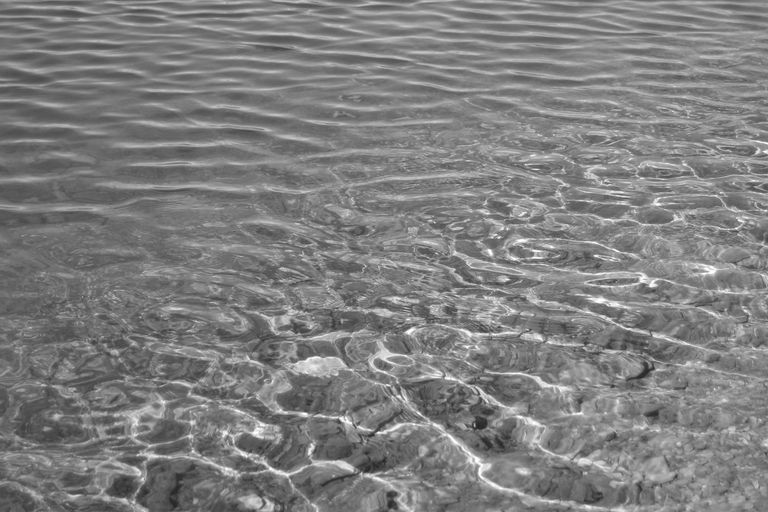ETH Zurich: Two PhDs in alpine sediment research, 100 %, fixed-term
The Chair of Hydrology and Water Resources Management of the ETH Zurich is inviting you to join us in exploring how to improve predictions of sediment pathways and budgets in river basins. There are two PhD openings on data-driven geomorphology and hydrology-sediment modelling.

Project background
Sediment performs several critical functions for river, coastal and marine ecosystems, it generates natural hazards like erosion, debris flows and landslides, and forms floodplains with unique functions for humans and ecosystems. However, much remains unknown about the details of where are the sediment sources and sinks in the landscape, the pathways that connect them, and when and how they are activated – especially insofar as quantitative predictions of sediment fluxes at the river basin scale are concerned. We are an interdisciplinary team consisting of a hydrology-sediment modelling group (Molnar, ETH Zurich) and a geology-geomorphology group (Schlunegger, University of Bern). We will develop a new physics-based hydro-geomorphological approach to analyze sediment pathways, combining distributed hydrology-sediment modelling and connectivity mapping, with geological and geomorphological field observations and sediment tracing in the Alpine Rhine.
Job description
We are looking for 3 PhD students (2 at ETH Zurich and 1 at the University of Bern) to start on 1 April 2023 on a 4-year research project funded by the SNF in the areas:
PhD 1: Sediment sources and connectivity analysis. This PhD student will be mapping potential sediment sources in the Alpine Rhine, researching structural and functional connectivity metrics, and exploring relations between sediment concentrations, and basin and climatic inputs by deep learning data-driven methods. Earth sciences background, GIS, and experience working with large data sets are required.
PhD 2: Process-based hydrology-sediment modelling. This PhD student will be working with our new coupled hydrology-sediment model, making fine sediment load observations in small basins to calibrate the model, adding new model components, and simulating source-to-sink pathways by tracing the sources with sediment fingerprints. Environmental engineering background, numerical methods knowledge, and excellent coding skills are required.
The team will be completed by PhD 3 in geological sediment tracing at the University of Bern. This PhD student will be collecting field data for the characterization of source signals for bedload (grain size, bulk petrography) and suspension loads (cosmogenic nuclides, bulk geochemistry and mineralogy), to develop sediment budgets, and to trace source signals through the channel network in Alpine Rhine basins. Geological field experience is required. .
Your profile
You have a Master of Sciences degree in environmental engineering or environmental (earth) sciences. You have a strong interest in computational methods (PhD 2) and geodata analysis (PhD 1) applied to Earth System problems, which you can demonstrate. You know how to use GIS and programming languages (e.g. Python, R, Matlab). You have some fieldwork experience and must be willing to take part in field campaigns. This is a team research effort – it is expected that you are willing and able to work with others, be creative, communicate, think critically and share your skills. Excellent command of English, oral and written, is required, and basic German is an advantage.

